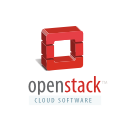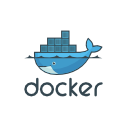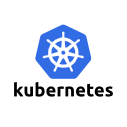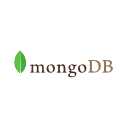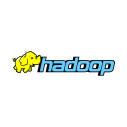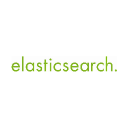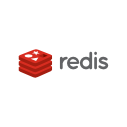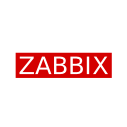Experience of the forCore team shows that during the development of systems with high requirements in terms of functionality, reliability and safety, the key issue is to define criteria, which must be fulfilled by the software components.
Thus, when advising a specific solutions to our Customers, we emphasize that these solutions should be characterized by the following features:
- openness, i.e. a free licensing model along with a open-source code. Fulfillment of both of these requirements guarantees the lack of dependence on one supplier (avoiding vendor lock-in), the possibility of independent modification of the code and its audit.
- scalability, i.e. architecture for easy increase of the productivity by multiplication of components. Thanks to this feature, it is possible to implement a given solution in a smaller scale, and then, with the increase of requirements and availability of fund – smooth expanding its capacity.
- ease of integration, i.e. a set of features that determine the ability of a certain application or tool to connect with other components within the framework of the projected solution. The desired features include: extensive configuration capabilities, transparent API, modular architecture, quality of documentation, etc.
- potential, i.e. a prospect of the sustainable development and the probability to remain on the market in a broader time horizon. When assessing this parameter, we should take into account, among others, product innovation, the size or importance of community dealing with the product's development, degree of support and financial commitment granted by the most important companies in the IT industry.
- reduced cost, i.e. relatively small total cost of the implementation and maintenance of the product. An integral part of the product is a specific component. It is true that in case of free software the license cost is not important, but it should be remembered that it is necessary to purchase equipment and pay for specialists and technical support. The evaluated solution should allow the significant reduction of these expenses, while maintaining the maximum of functionality.
Below we presented examples of solutions, which fulfill the above conditions (in our opinion). We specialize in their implementation. Thanks to them, we can build complex IT systems and adapt the architecture to requirements of our customers.

